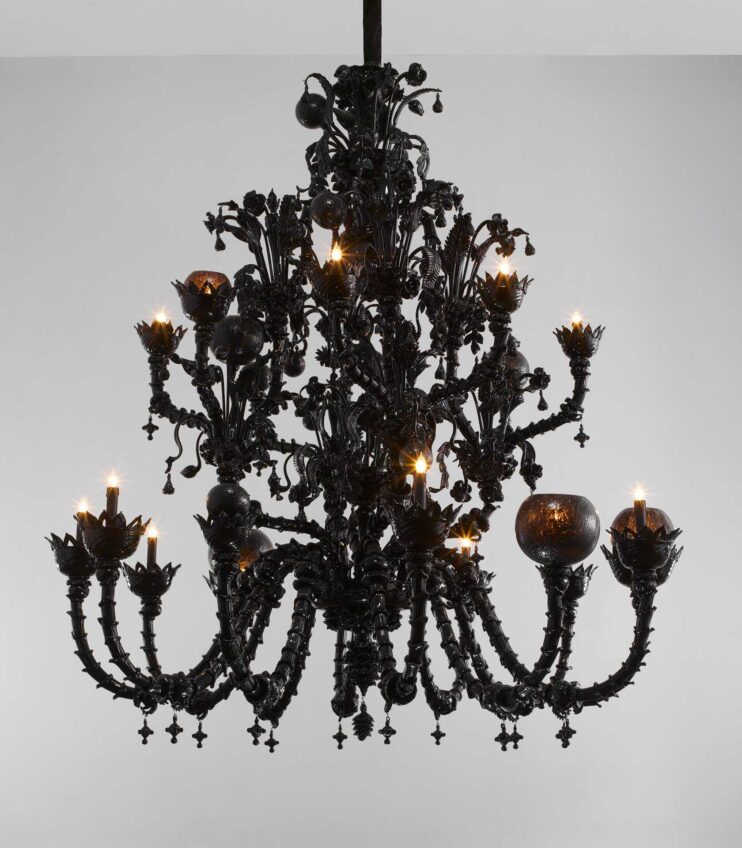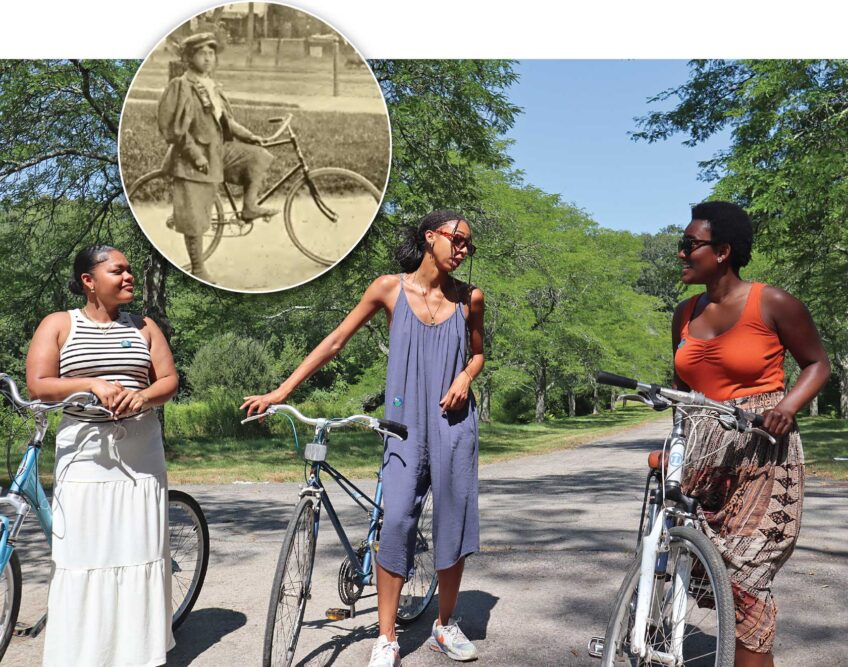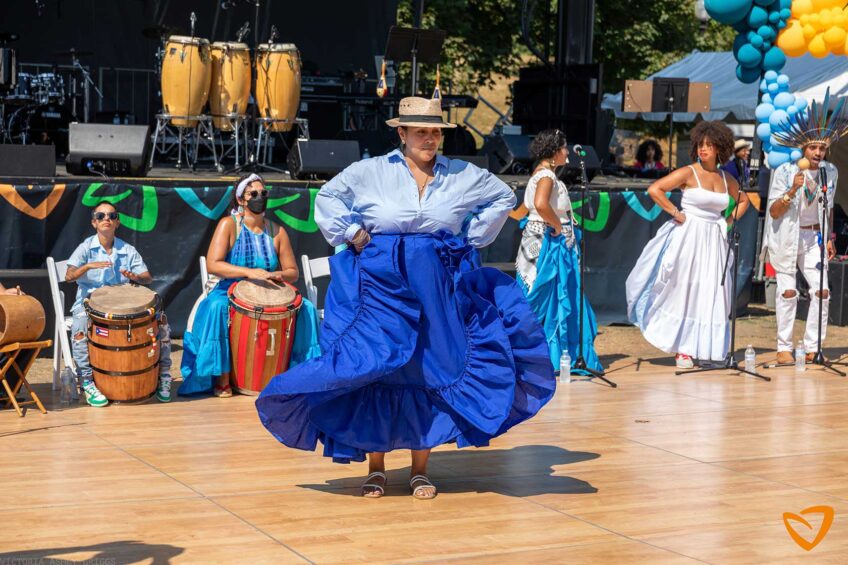Banner [Virtual] Art Gallery
L’Merchie Frazier in conversation with artist Ekua Holmes
![Banner [Virtual] Art Gallery Banner [Virtual] Art Gallery](https://baystatebanner.com/wp-content/uploads/2023/11/EkuaHolmes_Unbound-Ekua_Holmes-2023_WM-755x1024.jpg)
View Banner Art Gallery
This is the sixth in a weekly series presenting highlights of conversations between leading Black visual artists in New England. In this week’s podcast, L’Merchie Frazier interviews collage artist and children’s book illustrator Ekua Holmes. The interview has been condensed and slightly edited.
A Roxbury native who is the recipient of several honors, including the coveted Coretta Scott King Award for book illustration in 2018 and 2019, Holmes recently exhibited her work at the Museum of Fine Arts Boston and currently serves as commissioner and vice-chair of the Boston Arts Commission.
L’Merchie Frazier: Ekua, you describe yourself as a Roxbury girl. What is significant to you about Roxbury that has shaped your voice?
Ekua Holmes: I always like to start out by honoring my parents. When I talk about who I am, I talk about who they were. So first I mention my mother. My third-grade teacher told her, “I think your daughter has talent in the arts.” I always tell people, nobody wanted their child to be an artist in the 1960s. People wanted doctors, lawyers, secretaries and nurses. Artists? That meant starvation. So I always like to thank my mother. She didn’t push me into the arts, but she didn’t put up obstacles for me. She started taking me to the MFA on Saturdays.
Ruth Batson, Elma Lewis, Ellen Jackson and Harry Elam — all visionary tree-shakers, jelly makers and strivers — lived in my neighborhood at the time of my growing up. And I think, collectively, they decided that they were going to lift my generation up into another world view. I was a student of Elma Lewis. She’s known for her school of dance and fine arts, but she gave us so much more. You learned about Africa, African dance and drumming. You learned how to stand, how to project your voice and how to not be silly, because she couldn’t stand silly. I consider her a great role model. She was a child of Garveyism, and everything she did was about “Do for Self.” So I try to work in that tradition.
Many artists are very romantic and passionate about becoming artists. We see that passion in your work. But many reflect the sentiment of not participating in art for profit or financial gain.
That’s an old idea. I don’t know how far back, but art was an elitist thing. Your parents had money, so you could paint. But for us, it was the spirit talking to us and moving through us. And I always said I would make art whether I got paid or not. It’s who I am, and it’s what I came here to do. The fact that I can craft a livelihood from it means that I can support other people who want to do it.
I remember meeting you at your business in your home in Dorchester, as you were representing artists, displaying their work and selling it, and admiring that you had this business sense. Where’s the line drawn for you with respect to being that businesswoman and the practice of art for its own rewarding sake?
When I came out of college with a degree in photography, I really didn’t understand the fine art world. I came out and did some stuff for the Bay State Banner, some weddings and some concerts. I thought, this is not going to work for me. So, I taught myself graphic design. I didn’t have self-confidence when I left college, but I could see that the world needed Black art. It needed our expression. Instead of waiting for someone else to do it, it was something that I could do in my home. One day I woke up and said, “I want to do my own artwork.” It wasn’t that long ago. I saw a void. People were so appreciative and thirsty for these images and felt so proud. It was very fulfilling.
What makes your work so compelling is this compositional sense that you share with us in memory, nostalgia, storytelling — fostering a sense of comfort. As we take in images that you create, the strength is there, yet, at the same time, there’s vulnerability. Can you speak to that?
I don’t think I ever thought about my work as showing my own vulnerability. I think of it as a reflection of the family and the community that I grew up in. I shine a light on what appears to be a mundane moment but is very magical. Recently, I brought in this idea of magic, because life is magical. I think when I look at my family — I use some of my family photos in my work — it’s like exploring them. They’re all gone now. So I’m looking at these photographs and asking questions about how they became the person they became, and how can I imagine what they were like as children? When I go back home, I’m going to look at my work and ask, “Is this showing my vulnerability?”
View Banner Art Gallery









